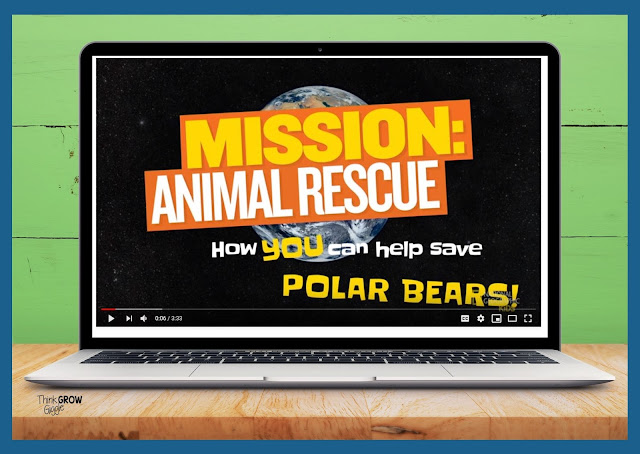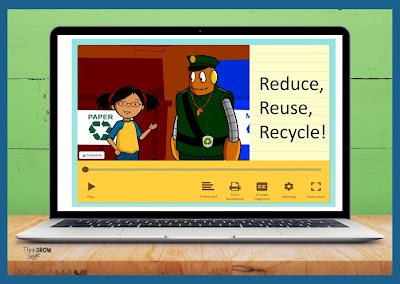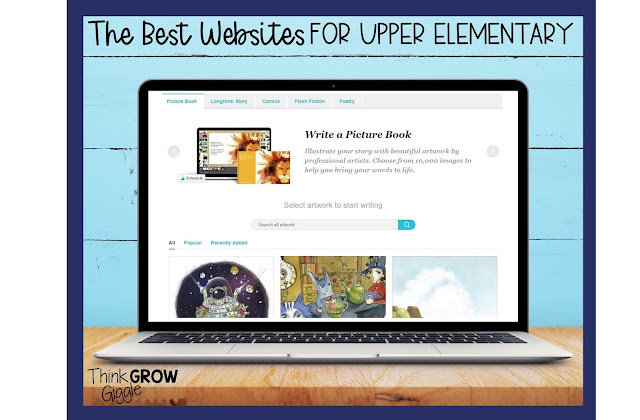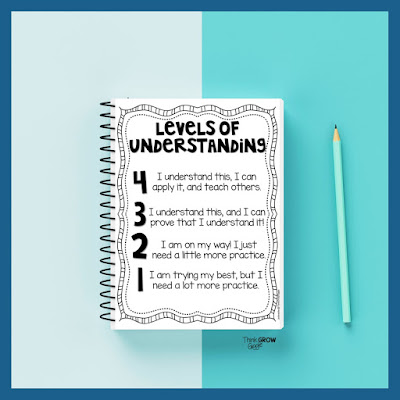There is nothing more frustrating for teachers than having a weird chunk of time in the classroom and not knowing what to do with it! We have all been there, 10 minutes between Art and Lunch, 15 minutes before an assembly, and those few minutes you may be waiting for a guest teacher or classroom visitor. Without a structured activity, those minutes are wasted, or worse chaotic!
That is why I always have my favorite websites bookmarked on my computer for easy access. These websites are perfect to use to fill those awkward moments with meaningful activities.
They are also perfect to use to:
- enhance your lessons
- have students learn at home / distance learning
- provide independent practice opportunities for students
- have instant engagement anytime
Whether you choose to complete activities from these sites together as a class on the smartboard, assign to students to complete independently at home, or use during whole class computer class, they are sure to engage your students!
Language Arts Websites
Time For Kids
I love this site to read nonfiction current event articles. You can access the articles even without a subscription. Highly engaging reading articles to share and discuss together, or have students complete independent
nonfiction reader reflection activities.
SAG Read Alouds:
Storyline Online
This is my go-to website, especially during downtime. There are so many fun read-aloud videoes of favorite children's picture books that keep students engaged and are read aloud by many familiar faces. Pause throughout the reading to ask comprehension questions and practice skills and strategies you are teaching. If you are using this site during distance learning times, have students watch the picture book read aloud and complete any
reader response activity. Even writing just a quick summary using paper and pencil will keep their reading skills sharp!
Epic!
This site has so many popular books and student favorites broken down by age and grade. It also has different videoes, quizzes and activities to go with the books.
ReadWorks
I have used this site for years and am loving the new interface. Visit this site for fiction and nonfiction articles that you can read or print, along with reading comprehension activities. There is also a play button to have the passages be read aloud to the students.
NewsELA
Includes several nonfiction articles about current events, Social Studies topics, Science topics and now Social-Emotional Learning topics. Articles included are for students grades 2-12 and include assessments. There are both free and paid versions of this site.
Read Theory
Great site for quick reading passages with questions to
practice reading comprehension.
Common Lit
This site has a wide variety of texts, paired texts, reading guides, interactive pages and so much more!
Dreamscape
Interactive and motivating reading game with easy to use teacher interface. Students are highly motivated and engaged with this site.
Grab these free writing activities and tips for parents to make writing lessons for distance or at-home learning a snap.
Have your students practice the reading strategy of visualizing as they read any passage from these sites with this FREE visualizing activity page. Perfect for classwork or to send home to keep students' skills sharp.
Math Websites
IXL Math
We have used this site for so many years and I love it! Math activities are broken down by grade and skill, making it easy to assign to students. The teacher interface is easy to use.
XTRA Math
This site is all about fact practice for addition, subtraction, division, and multiplication. Activities are straight forward math fact practice. Perfect for quick practice, classwork or homework practice. Free and also comes in app form.
Math Playground (Thinking Blocks)
If you use the bar model to help students solve word problems, this site is for you! Colorful, interactive problem-solving tasks keep students engaged. I love having students work on these problems with a math partner to encourage
math discourse.
Math Facts Pro
Math fact practice in different forms including engaging games for kids.
Splash Learn
Math activities are broken down by grade and skill and are highly engaging for students. Easy to monitor and use the teacher interface helps you to keep track of student progress.
Encourage your students to break down math word problems they are faced with from these sites with this FREE Math Word Problem Graphic Organizer. Perfect for classwork or to send home to keep students' skills sharp.
Science Websites
Mystery Science
Another of my favorite go-to websites to engage students, this site will truly enhance your curriculum and engage your students with hands-on activities and learning.
Discovery Ed
Great way to bring science into the classroom with videos, lessons, articles, and trending science topics.
Endangered Species (Animal Planet) and
More Endangered Species (WWF)
Who doesn't love animals and learning about endangered species? You and your class can get lost in these sites reading about all the different animals who are sadly endangered. During the month of April, I love to read about one animal each day as students are learning about
Earth Day and preparing for our
animal project. Highly engaging!
DK Find Out!
Great place to go to find out answers to students' science questions, explore different topics, kick-off science units and just learn! Kids love this site.
Earth Day Videos
These Earth Day videos and song videos are great instructional tools whether you are teaching in your classroom, part of distance learning, or assigning at-home practice for your students.
Engage your students with FREE science nonfiction reading activities HERE. Perfect for classwork or to send home to keep students' skills sharp.
Multiple Subject Websites
BrainPOP
No list of classroom websites is complete without BrainPOP and BrainPOP Jr. To gain access to all the videoes a subscription is needed, but it is worth it! I use these every day, many times a day. There are videoes to help introduce new units, reviews a skill, bring the holidays and current events into the classroom, and just have fun. There are also activities, note pages, questions, and quizzes to use with each video. The kids love them, but I may just love them even more! Don't have a subscription? Check the site each week to watch the free video of the week.
Is your school out because of the Coronovirus? Grab FREE access to Brainpop HERE.
BrainPOP Jr
The K-3 version of BrainPOP. Love it!
TEDTalks Kids
Super engaging talks and presentations for students to learn about trending ideas and topics that are popular around the nation. Great to get upper elementary students critically thinking.
Freckle
This site offers a unique differentiation platform that spans all subjects, ELA, math, social studies and science. Must check out if you are looking for one site that has it all!
ABCya!
There are so many fun activities across all content areas for grades PreK to middle school that your students will love! Activities are broken down by grade, making it easy to assign or challenge students by advancing to the next grade level.
Engage your students with this FREE DIGITAL ACTIVITY that is multi-subject and ties together reading, writing, and informational text. Perfect for classwork or to send home to keep students' skills sharp.
Creative Websites
Art Hub
This is a fun interactive art website that has several different activities for kids. I love the directed drawing lessons that are included!
Complete a Puzzle
Indoor recess? No problem! Throw one of these puzzles on the smartboard and you will see instant engagement and
teamwork from your students. Pick a puzzle design, pick the number of pieces for each puzzle and watch the kids work together to create it. Save and timer options make these puzzles even more fun.
Story Bird
An engaging site to encourage creative writing from students. Use prompts or pictures included to get your students writing and enjoying it!
Engage your students with a FREE creative poetry writing activity HERE. Perfect for classwork or to send home to keep students' skills sharp.
Looking for digital learning resources?
independently in the classroom or remotely at home to keep their skills' sharp.
This is a growing list. Be sure to pin to save this page for easy access to these websites and the new sites that are added.





















































